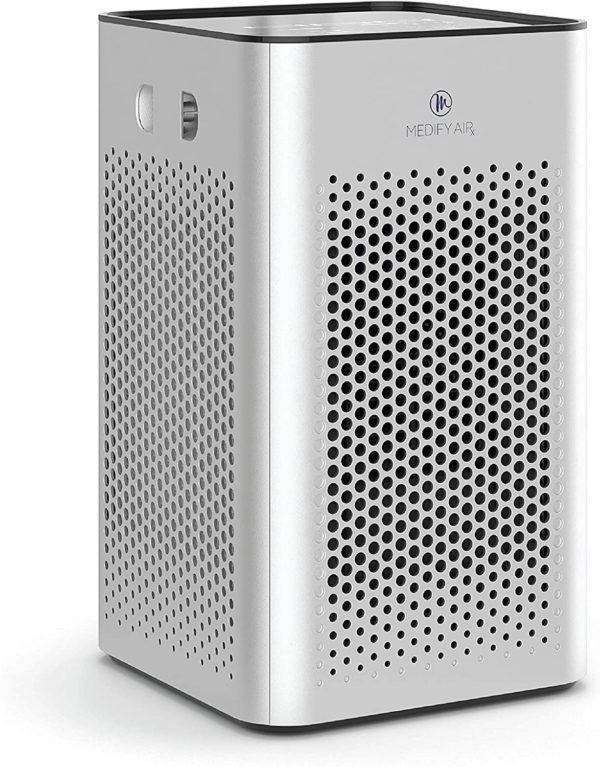Getting My "The Pros and Cons of Rapid Antigen Tests: A Comprehensive Guide" To Work

The world of medical medical diagnosis has come a lengthy method since the times of easy analysis examinations that required substantial volumes of opportunity and information. Along with the advent of quick diagnostic testing, medical care specialists are now able to identify illnesses in a faster and much more reliable manner than ever before in the past. Latest advancements in innovation and research assurance to create this process even a lot quicker and more precise in the future.
One of the most amazing developments in fast diagnostic testing is the use of biosensors. These mini devices are qualified of discovering particular biomolecules within a sample, such as blood stream or spit, by engaging along with them at a molecular level. Biosensors may be designed to find virtually any type of particle, featuring healthy proteins, nucleic acids, and even whole cells.
Biosensors have actually found wide-spread use in fields such as environmental display and food safety and security. Nevertheless, they are increasingly being utilized for health care prognosis as effectively. For circumstances, some biosensors may sense specific antigens affiliated along with diseases such as HIV/AIDS or malaria. Another Point of View can find certain genetic anomalies affiliated along with disorders like cancer cells or cystic fibrosis.
One conveniences of biosensors is that they are strongly sensitive and certain. This suggests that they can easily identify even sign amounts of a particular molecule within a sample while staying clear of incorrect positives (i.e., finding something that isn't really there certainly). In addition, biosensors are pretty simple to make and manufacture matched up to various other styles of diagnostic examinations.
Yet another appealing location for fast diagnostic testing is point-of-care screening (POCT). This refers to health care tests that may be done outside typical labs or healthcare settings - for example, at residence or in remote places without accessibility to advanced laboratory locations. POCT includes mobile gadgets that normally utilize little samples (such as blood stream coming from a hands prick) to offer fast outcome on-site.
POCT has been about for years but recent innovations have led to more innovative devices along with improved accuracy and stability. For example, some POCT gadgets now include smartphone technology to provide real-time results and record evaluation. This modern technology might be particularly helpful in low-income countries where resources are limited, and individuals might not possess get access to to innovative health care establishments.
One of the most considerable current advancements in POCT is the progression of nucleic acid amplification exams (NAATs). These tests can find certain genetic patterns within a example along with high accuracy and level of sensitivity. NAATs have been utilized for years in laboratory settings but current advancements suggest they may currently be conducted making use of transportable tools, helping make them best for POCT.
NAATs are especially beneficial in finding transmittable health conditions such as consumption or COVID-19. For instance, a recent research located that a handheld NAAT unit was capable to find SARS-CoV-2 (the virus that causes COVID-19) from saliva samples with high accuracy within 20 minutes. Such tools might be released at flight terminals or various other transport hubs to swiftly filter tourists for the virus.

Lastly, synthetic intellect (AI) is one more place of fast diagnostic testing that is revealing excellent assurance. AI includes making use of personal computer formulas to analyze big quantities of clinical information and pinpoint patterns or irregularities that could signify condition. AI has been used for years in industries like radiology - where it may aid radiologists find early signs of cancer or other conditions coming from X-ray pictures - but it is currently being administered more widely across all components of medical prognosis.
One perk of AI is that it can easily promptly refine extensive amounts of data - much even more than any sort of individual could possibly - which suggests it might help pinpoint illness at an very early stage when therapy choices are a lot more efficient. In addition, AI formulas can easily discover from their blunders, suggesting their precision strengthens over time as they face brand-new scenarios.
In verdict, swift diagnostic testing has come a lengthy way in latest years thanks to developments in biosensors, POCT gadgets and nucleic acid boosting examinations. Appearing ahead of time, synthetic intelligence promises also greater jumps forward through permitting a lot faster and more correct prognosis of a broad variation of illness. While a lot work stays to be carried out to fine-tune these technologies, their capacity to boost patient outcomes and minimize medical care costs is irrefutable.
